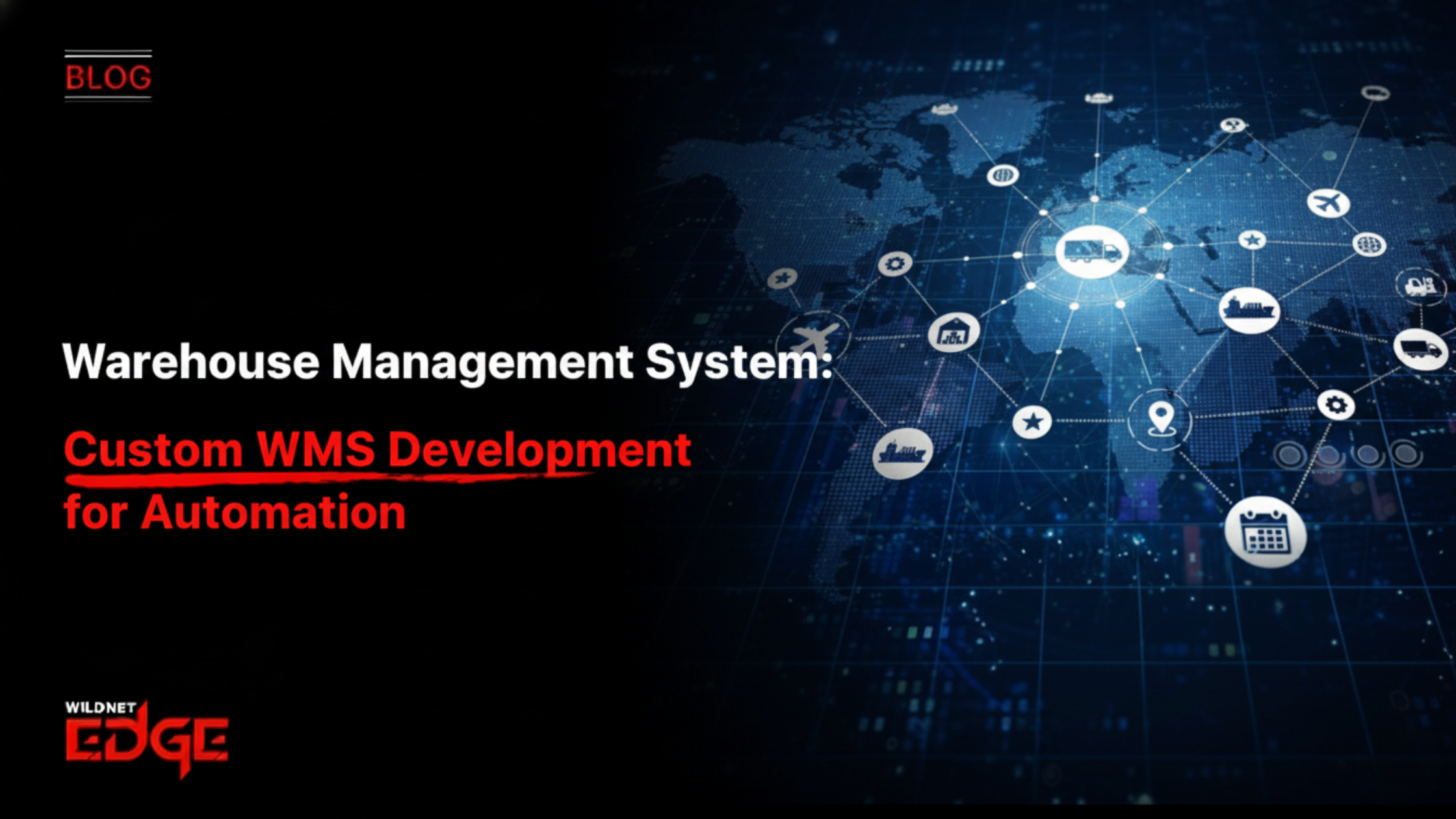Struggling with delivery delays or inflated operational costs? You’re not alone. Every logistics manager knows the headache of inefficient routes and unpredictable demand. What if AI in logistics could solve these problems by optimizing routes and forecasting demand with precision? In this post, you’ll learn how leveraging AI not only boosts fleet efficiency but also transforms real-time tracking—saving time, money, and headaches.
Fleet Efficiency: How AI Transforms Logistics Operations
AI in logistics is revolutionizing fleet efficiency by streamlining operations, reducing wasteful practices, and predicting potential issues before they escalate. Traditional fleet management plans relied heavily on manual scheduling, reactive maintenance, and static routing, leading to inefficiencies and higher operational costs. Today, AI-powered solutions offer a data-driven approach that delivers measurable improvements.
One of the key ways AI improves fleet efficiency is by enhancing vehicle utilization and maintenance scheduling. By continuously analyzing telematics data, AI models can forecast when a vehicle requires service—not merely based on mileage but on actual usage conditions such as engine strain, fuel consumption patterns, and driver behavior. This predictive maintenance reduces unexpected breakdowns, minimizing downtime and extending fleet lifespan.
Leading AI-powered fleet optimization platforms like Geotab and Samsara employ machine learning algorithms to optimize vehicle assignment and route planning dynamically. These platforms assimilate data from diverse sources including GPS, IoT sensors, and weather providers to create actionable insights. For instance, they can recommend rerouting a vehicle to avoid traffic congestion or preemptively adjust delivery schedules to account for anticipated delays.
The benefits of integrating AI in fleet management are multifaceted:
- Lower operational costs through reduced fuel consumption and maintenance expenses.
- Improved delivery times by minimizing delays and optimizing driver schedules.
- Enhanced fleet utilization via intelligent asset allocation to meet demand fluctuations.
- Reduced carbon footprint by planning eco-friendlier routes and eliminating unnecessary trips.
For logistics managers, investing in AI-driven fleet efficiency tools means fewer emergency repairs, more predictable service levels, and ultimately, higher customer satisfaction.
Real-Time Tracking: Enhancing Visibility Through AI
Real-time tracking has become a cornerstone of modern logistics, but when fused with AI, its value is exponentially greater. AI-driven real-time tracking transcends passive monitoring by enabling proactive decision-making based on continuous data analysis.
At the core of AI-enabled tracking systems is the seamless integration with GPS devices and IoT sensors installed across vehicles and cargo. These sensors capture real-time information on location, temperature, humidity, and even driver performance. AI algorithms process these streams to detect anomalies, predict delays, and adjust operations on the fly.
For example, AI can analyze historical traffic data combined with current road conditions to forecast potential bottlenecks up to hours in advance. If an accident or severe weather is detected, the system can instantly reroute shipments or notify relevant teams to manage customer expectations.
Real-world use cases highlight the transformative impact of AI-fueled real-time tracking:
- E-commerce fulfillment: Companies like Amazon use AI tracking to guarantee last-mile deliveries by monitoring shipment progress and anticipating disruptions.
- Cold chain logistics: Refrigerated shipments are tracked in real time with AI ensuring temperature compliance and triggering alerts if thresholds are exceeded.
- Cross-border freight: AI tracking overcomes customs delays by providing transparent ETAs and updated documentation statuses.
For customers, real-time tracking powered by AI translates into enhanced transparency. They receive timely updates, accurate delivery windows, and the assurance that their goods are being monitored meticulously. For supply chains, this increased visibility means greater agility, allowing companies to pivot rapidly in response to changing conditions.
Route Optimization: The AI Advantage
Route optimization has been central to logistics for decades, but AI takes it to new heights by analyzing a far broader and richer data set than manual methods or traditional software.
AI algorithms evaluate multiple data inputs simultaneously to ensure routes are not only the shortest but also the fastest, least costly, and most environmentally friendly. These data points include:
- Traffic conditions: Real-time congestion, accidents, or roadworks.
- Weather: Rain, fog, snow, or extreme temperatures affecting safety and speed.
- Vehicle conditions: Fuel levels, load weight, engine health.
- Delivery windows: Customer availability and time constraints.
Unlike static routing, which often assumes fixed travel times, AI’s dynamic routing adjusts in real time using machine learning models trained on historical and live datasets. It balances competing priorities—speed vs. fuel efficiency, driver hours vs. client preferences—resulting in optimized, adaptive plans.
Consider a delivery fleet serving urban and suburban areas. Traditional methods assign routes the night before and lack agility. AI-powered systems, however, continuously update the route during the day, diverting vehicles to avoid new traffic jams or seizing opportunities to consolidate deliveries in overlapping zones.
Several companies illustrate AI’s practical impact in route optimization:
- UPS: Their ORION system uses AI to create optimized routes that saved millions of miles annually, reducing fuel use and carbon emissions.
- DHL: Implements AI-powered dynamic routing to adapt quickly to customer demands and traffic patterns, improving on-time deliveries significantly.
From an environmental perspective, AI-optimized routing reduces unnecessary mileage, cutting fuel consumption and lowering greenhouse gas emissions—a vital consideration for companies aiming to meet sustainability goals.
In practice, logistics managers can leverage AI-based route optimization tools by:
- Integrating GPS and sensor data into AI platforms.
- Using scenario simulation to balance cost and service quality.
- Continuously monitoring and adjusting routes via mobile driver apps connected to AI-powered dispatch systems.
Demand Forecasting: Predicting the Future of Logistics
Demand forecasting has always been crucial for logistics, influencing inventory management, staffing, and fleet deployment. AI elevates forecasting from rough estimates based on past trends to highly accurate, adaptive predictions that reflect real-world volatility.
Machine learning models process vast amounts of structured and unstructured data — sales history, seasonal patterns, market events, social media trends, and economic indicators — to produce nuanced forecasts. These models continuously learn from new data, refining accuracy and identifying emerging demand shifts earlier than traditional methods.
The benefits of AI-powered demand forecasting include:
- Reduced overstock and stockouts: Avoiding excess inventory or shortages by aligning supply with real expected demand.
- Optimized workforce management: Scheduling staff based on predicted workload rather than historical guesswork.
- Smarter fleet deployment: Adjusting vehicle availability and dispatch plans according to forecasted delivery volumes.
- Cost savings: Lower warehousing and transport costs from better inventory turnover.
Emerging trends in AI forecasting tools for logistics in 2025 focus on integrating external data sources, from satellite imagery to global trade reports, enhancing prediction models. Real-time feedback loops also allow immediate corrections if actual demand diverges from forecasts.
Companies adopting these tools gain a competitive edge by responding more nimbly to market demands, reducing working capital tied up in inventory, and improving customer satisfaction through consistent availability.
Conclusion
AI in logistics is no longer a futuristic concept—it’s a vital tool for boosting fleet efficiency and enabling accurate real-time tracking. By integrating AI-driven solutions, companies can streamline operations, reduce costs, and elevate customer satisfaction. For businesses ready to transform their logistics, WildnetEdge offers trusted, cutting-edge AI technologies tailored to optimize every link in the supply chain. Don’t get left behind—partner with WildnetEdge and future-proof your logistics today.
FAQs
Q1: How does AI improve fleet efficiency in logistics?
AI analyzes vehicle data, predicts maintenance needs, and optimizes routes to reduce downtime and fuel usage, enhancing overall fleet efficiency.
Q2: What role does real-time tracking play in AI-driven logistics?
Real-time tracking leverages AI to monitor shipments continuously, predict delays, and provide actionable insights for timely interventions.
Q3: Can AI enhance route optimization beyond traditional methods?
Yes, AI considers multiple dynamic factors like traffic patterns and weather to create adaptive, cost-effective routes that traditional static routes cannot match.
Q4: How accurate is AI in demand forecasting for logistics?
AI-powered demand forecasting uses machine learning to analyze historical and real-time data, resulting in highly accurate predictions that improve planning.
Q5: Why choose WildnetEdge for AI logistics solutions?
WildnetEdge specializes in integrating AI technologies tailored to logistics challenges, providing reliable, scalable, and industry-specific solutions.

Nitin Agarwal is a veteran in custom software development. He is fascinated by how software can turn ideas into real-world solutions. With extensive experience designing scalable and efficient systems, he focuses on creating software that delivers tangible results. Nitin enjoys exploring emerging technologies, taking on challenging projects, and mentoring teams to bring ideas to life. He believes that good software is not just about code; it’s about understanding problems and creating value for users. For him, great software combines thoughtful design, clever engineering, and a clear understanding of the problems it’s meant to solve.
 sales@wildnetedge.com
sales@wildnetedge.com +1 (212) 901 8616
+1 (212) 901 8616 +1 (437) 225-7733
+1 (437) 225-7733































